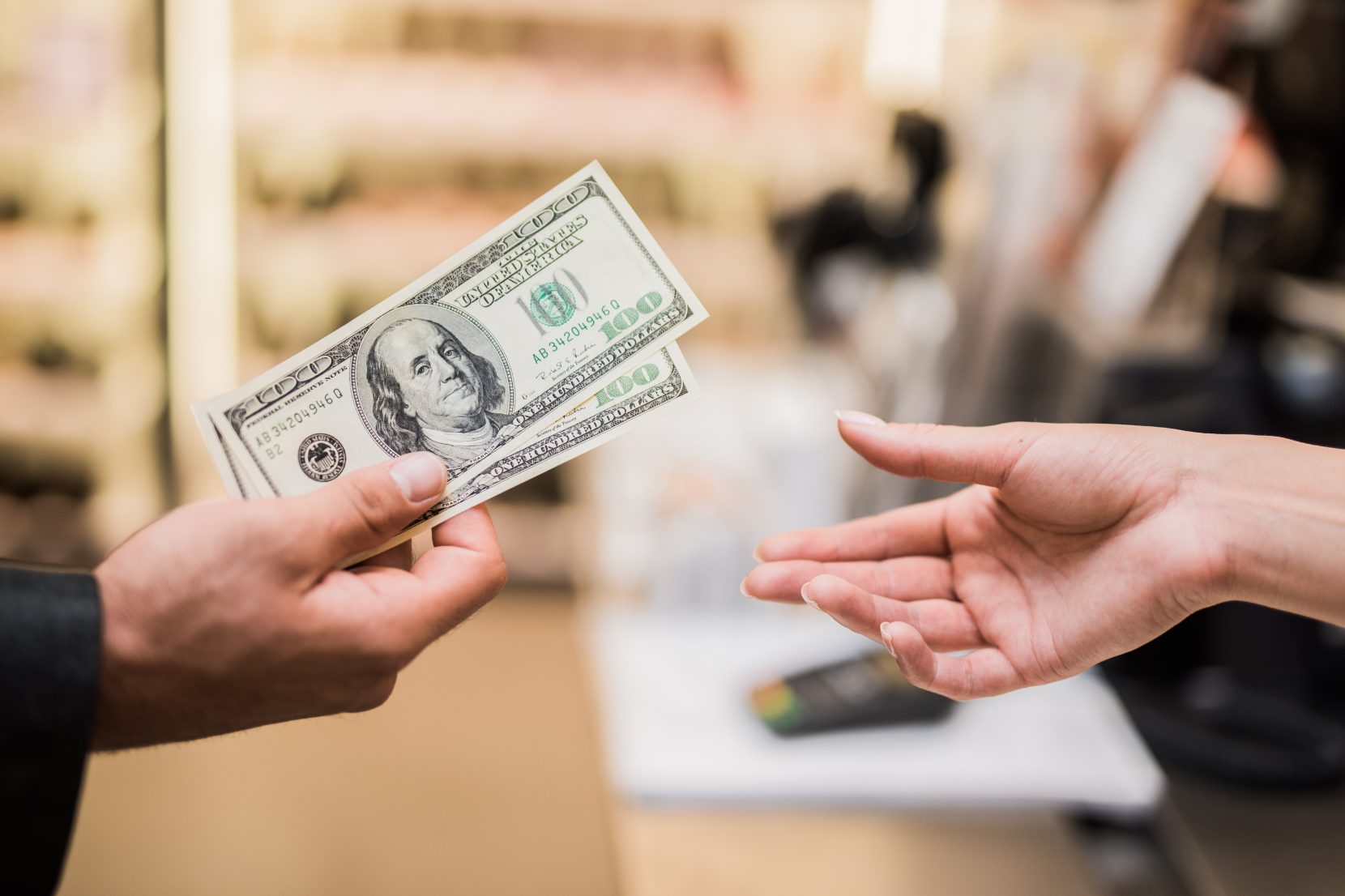The H-1B visa - a critical immigration programme in the United States - has sparked a fierce debate among President-elect Donald Trump supporters.
The programme which allows US-based companies to hire skilled foreign workers has been a long-standing contention. While some of Trump’s supporters argue that it harms American workers, others defend it as essential for attracting top-tier talent. Here’s a breakdown of the H-1B visa, its controversy, and recent developments.
What Is the H-1B Visa?
The H-1B visa was introduced in 1990 to address the demand for highly skilled professionals in the US. It allows companies to hire foreign workers in specialized fields such as science, technology, engineering, and mathematics (STEM).
The visa is typically granted for three years, with the possibility of extension for up to six years.
Since 2004, the number of new H-1B visas issued annually has been capped at 85,000, with 20,000 of those reserved for foreign students with master’s degrees or higher from US universities. However, certain employers such as universities, non-profit research institutions, and think tanks are exempt from this cap.
How does the H-1B visa work?
To apply for an H-1B visa, foreign workers must have a job offer from a US employer who sponsors the application. In 2023, more than 386,000 H-1B visa applications were approved, with 119,000 being new visas and the remaining 267,000 being extensions for workers already in the US.
RELATED: Trump stuns supporters with shocking announcement on H-1B visa
However, demand for H-1B visas often exceeds the supply, leading to a lottery system to allocate visas when applications surpass the cap. In the 2024 fiscal year, preliminary figures show 758,994 H-1B applications, a sharp increase from 474,421 in 2023. This surge has intensified the debate over the programme’s future.
The divide among Trump supporters
While H-1B supporters argue that the programme attracts the world’s best talent, many of Trump’s supporters believe it undercuts American workers by allowing companies to hire cheaper foreign labour. Some view the programme as a way for big tech firms to bypass the American workforce in favour of cheaper, highly skilled foreign professionals.
In response to these concerns, the Trump administration took a tough stance on immigration, including the H-1B programme. In 2017, Trump signed an executive order aimed at increasing scrutiny and fraud detection within the programme. As a result, rejection rates for H-1B applications rose dramatically, peaking at 24% in 2018, compared to 5-8% under Obama and 2-4% under Biden.
Despite this, Trump recently expressed his support for the programme, signaling a shift in his position. Tech billionaire Elon Musk, a vocal advocate for the programme, also defended it, claiming that it helps bring in the "top 0.1% of engineering talent."
How much do H-1B workers earn?
One of the key points of contention is the impact of the H-1B programme on wages. Critics argue that H-1B workers drive down salaries for American employees. However, the data tells a different story. The median yearly salary for H-1B workers in 2023 was $118,000—higher than the $113,000 median for computer-related occupations in the US.
The US Department of Labor determines the “prevailing wage” for H-1B occupations based on the average salary for similar roles in a specific area. H-1B employers must pay at least the prevailing wage, ensuring that these workers aren’t undercutting local salaries.
Shev Dalal-Dheini, senior director at the American Immigration Lawyers Association, clarified that companies face significant costs when hiring H-1B workers, including legal and filing fees that can total $5,000 to $10,000 per worker. Given these costs, most companies would prefer to hire American workers if they were available and qualified, Dalal-Dheini added.
Who benefits from the H-1B Programme?
The vast majority of H-1B workers are employed in fields like technology, engineering, and mathematics. In 2023, 65% of H-1B recipients worked in computer-related jobs, followed by architecture and engineering professionals.
Tech giants like Amazon, Google, Meta, and Apple are some of the largest employers of H-1B workers. In 2024, Amazon topped the list with over 13,000 H-1B employees, while Tesla—owned by Elon Musk—employed more than 1,700.
California and Texas are the two states with the highest concentration of H-1B workers, reflecting the dominance of the tech industry in these areas.
Who are the H-1B visa holders?
The majority of H-1B visa holders come from India, making up 72% of all recipients in 2023. Chinese nationals account for 12%, followed by workers from countries like the Philippines, Canada, and South Korea. The average age of H-1B recipients is 33, and about 70% of them are male.
With the 2024 presidential election approaching, the debate over the H-1B visa programme is set to intensify. As Trump prepares for a possible second term, his stance on immigration, including the H-1B programme, will be closely watched.
Eric Ruark from NumbersUSA has predicted that Trump’s second term will be shaped by the resolution of the H-1B debate. “Will his administration prioritize American workers, or return to the pro-business stance of the past?” Ruark asked.



























